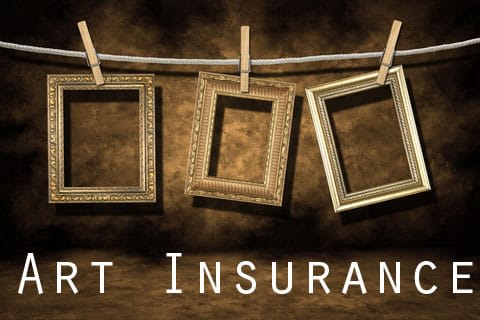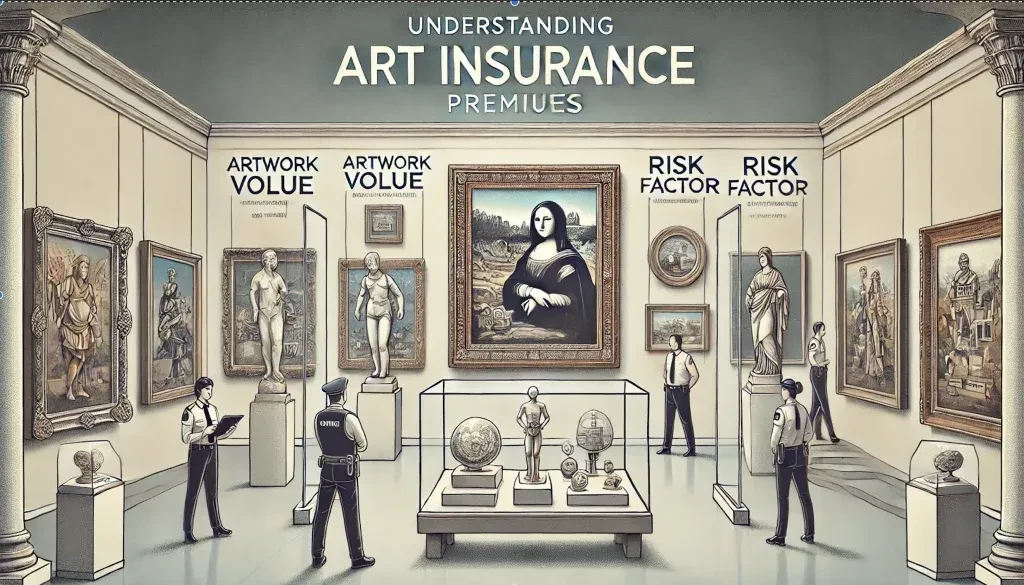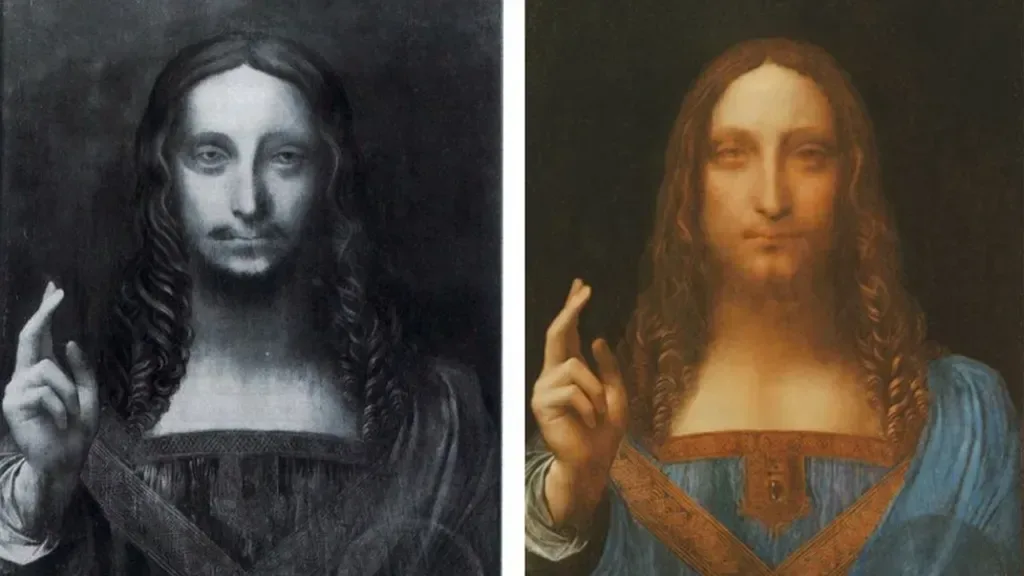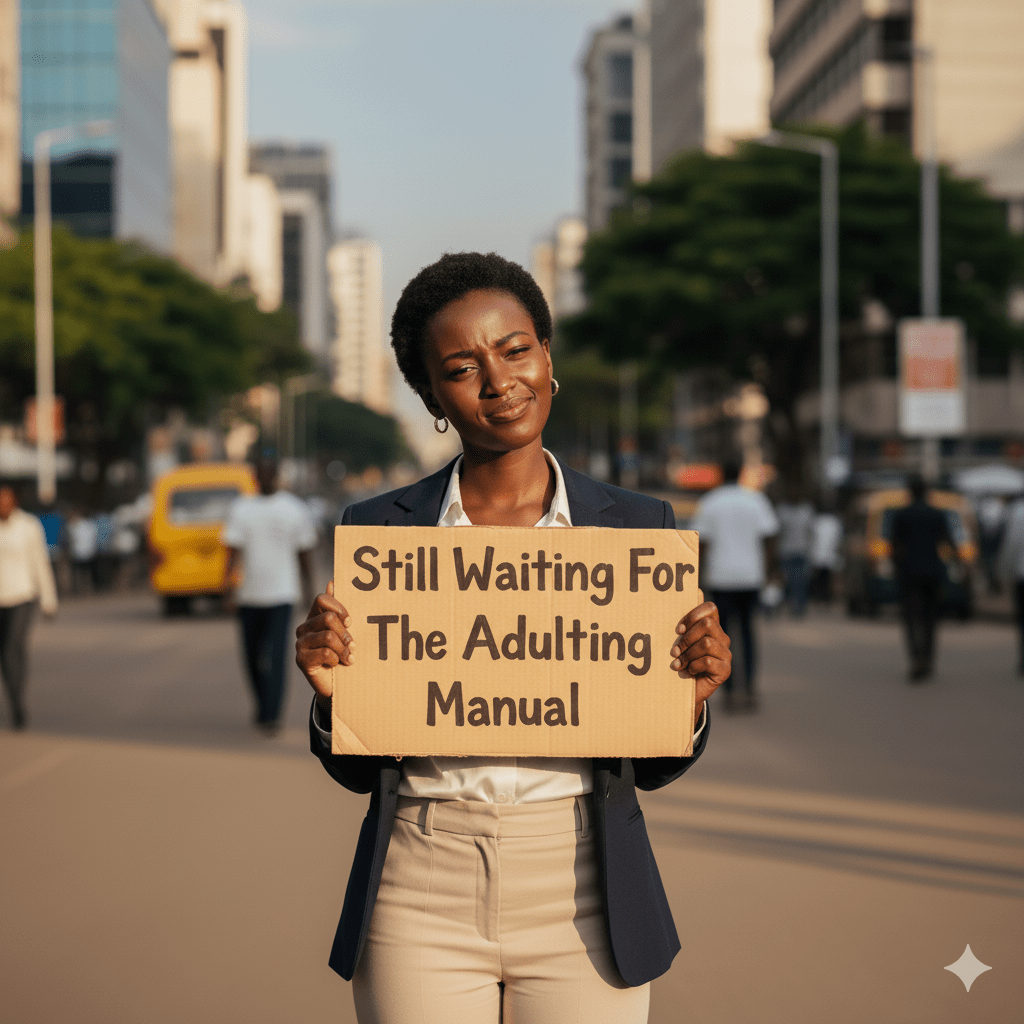Art Insurance in Kenya: Protecting Your Valuable Collections

Table of Contents
- Introduction to Art Insurance in Kenya
- Why is Art Insurance Important?
- Key Features of Art Insurance
- Add-Ons Available for Art Insurance
- What to Look Out for in an Art Insurance Policy
- Assets Covered Under Art Insurance
- The Average Cost of Art Insurance
- International Scenarios Where Art Insurance Helped Owners
- Conclusion: Get Expert Advice from Kifedha
1.Introduction to Art Insurance in Kenya
Art and collectibles hold immense cultural, sentimental, and financial value. In Kenya, the art scene is thriving, with both individual collectors and institutions investing in valuable pieces of artwork, sculptures, antiques, and more. To safeguard these valuable assets against theft, damage, or other unforeseen risks, art Insurance provides specialized coverage tailored to the needs of art collectors and enthusiasts.
2.Why is Art Insurance Important?
Art collections are not only investments but also irreplaceable pieces of cultural heritage. Unlike typical household items, artworks require specialized protection. Here’s why art insurance is essential:
- Protection Against Theft: High-value art pieces can be prime targets for theft, both in private homes and galleries.
- Coverage for Accidental Damage: Art can be fragile, making it prone to damage from fires, floods, or accidents.
- Safeguarding Against Natural Disasters: Insurance provides peace of mind against losses from unpredictable events like earthquakes, floods, or storms.
- Financial Security: Replacing or restoring a damaged piece of art can be costly. Art insurance covers these costs, helping protect your financial investment.
Without proper insurance, art collectors in Kenya face significant financial risk if their pieces are stolen, damaged, or lost.
3.Key Features of Art Insurance

Art insurance in Kenya typically comes with several core features that ensure comprehensive coverage for art collections:
- All-Risk Coverage: This includes protection against loss or damage from a wide range of risks, including theft, fire, vandalism, and natural disasters.
- Worldwide Coverage: For collectors with art pieces that are exhibited internationally or transported between locations, worldwide coverage ensures protection across borders.
- Agreed Value Policy: The insurer and policyholder agree on the value of the artwork at the outset, ensuring that any payout is based on this pre-determined amount.
- Restoration and Repair Costs: In the case of damage, art insurance can cover the cost of restoration, including the transportation of the piece to a qualified restorer.
- Loss in Value: If a piece of art loses value after restoration, some policies can compensate for the depreciation in value.
4.Add-Ons Available for Art Insurance
Depending on your needs, you can extend the coverage of your art insurance policy with various add- ons:
- Transit Coverage: For collectors who frequently transport their artwork for exhibitions, this add- on covers damage or theft during transit.
- Exhibition Coverage: Art displayed in public exhibitions or galleries is at greater risk. This add-on provides coverage for pieces on temporary display.
- Storage Insurance: Art stored in specialized facilities is protected under this add-on, especially if the facility experiences damage or theft.
- Legal Liability: This covers legal costs if someone is injured by an art piece or if the art causes damage to property.
- Frame and Mounting Coverage: In case the frames, mounts, or other accessories are damaged, this add-on helps cover the cost of repair or replacement.
5.What to Look Out for in an Art Insurance Policy
When selecting an art insurance policy, it's important to pay attention to the details:
- Valuation Method: Make sure the policy includes agreed value coverage or regularly updated valuations.
- Coverage Exclusions: Carefully review any exclusions in the policy, such as damage caused by pests, war, or wear and tear.
- Deductibles: Ensure the deductible (the amount you pay before insurance coverage kicks in) is reasonable for the value of your collection.
- Claim Process: Choose an insurer with a clear and efficient claims process to avoid delays in compensation.
- Coverage Limits: Confirm that the total coverage is enough to protect the entire value of your collection.
6.Assets Covered Under Art Insurance
Art insurance can cover a wide variety of valuable assets. Some of the common items include:
- Paintings: Both modern and historical artwork, from oil paintings to watercolors.
- Sculptures: Statues and other three-dimensional works, whether indoor or outdoor.
- Antiques: Valuable and collectible antiques, such as furniture, clocks, or tapestries.
- Photographs: Fine art photography and prints.
- Drawings and Sketches: Original artwork created on paper.
- Rare Collectibles: Including coins, stamps, or other unique, valuable collections.
Each policy is unique, so it’s important to check which assets are covered under your chosen plan.
7.The Average Cost of Art Insurance
The cost of art insurance in Kenya varies depending on factors like:
- The Value of the Art: Higher-value pieces typically attract higher premiums.
- Type of Coverage: Add-ons like worldwide coverage, exhibition insurance, or legal liability can increase the cost.
- Location: The storage location of the art (home, gallery, or storage facility) can impact the premium.
Typically, art insurance policies cost between 0.3% and 2% of the insured value of the art piece per year. For example, if a painting is valued at KES 1,000,000, the annual premium could range from KES 3,000 to KES 20,000, depending on the specifics of the coverage.
8.International Scenarios Where Art Insurance Helped Owners
Art insurance has saved collectors and institutions from significant financial losses around the world. Here are two real-world examples:
- The Isabella Stewart Gardner Museum Heist (USA, 1990): Thieves stole 13 pieces of art, worth around $500 million, including works by Vermeer and Rembrandt. Although the art has never been recovered, the museum’s insurance policy helped cushion the financial blow and provided for increased security.
- The Louvre Abu Dhabi’s Painting Incident (France, 2017): A piece of artwork was damaged during transport. The museum's comprehensive art insurance covered the cost of restoring the piece and compensating the artist for the diminished value.

These examples highlight the importance of art insurance in protecting valuable assets from unforeseen circumstances.
Conclusion: Get Expert Advice from Kifedha
Whether you're a private collector or an art gallery, Kifedha is here to guide you in finding the right art insurance coverage. With tailored policies and expert advice, we ensure that your valuable art collection is protected against all risks. Don't leave your prized possessions vulnerable—reach out to Kifedha today and secure the best insurance for your art.
Remember, Kifedha is your go-to solution for fast and reliable financing.
If you’re looking for a quick and reliable financial solution, contact us through our contact form, call us on +254791573231 or visit one of our branches across Nairobi, Kiambu, Machakos, and Kajiado counties to explore your financial opportunities.




Comments ()